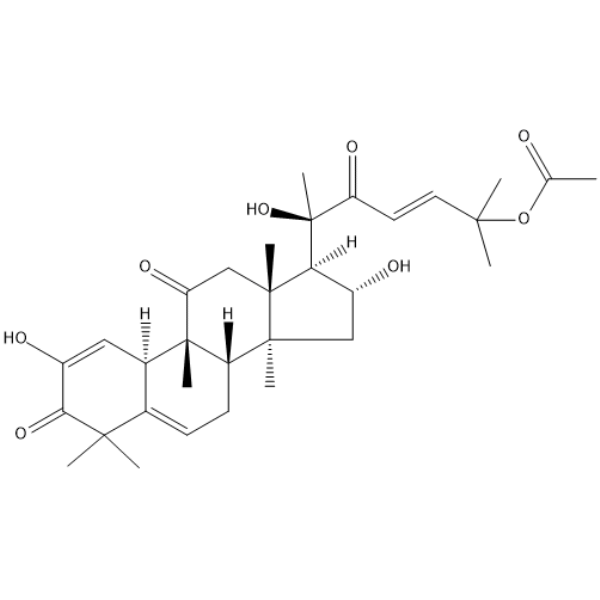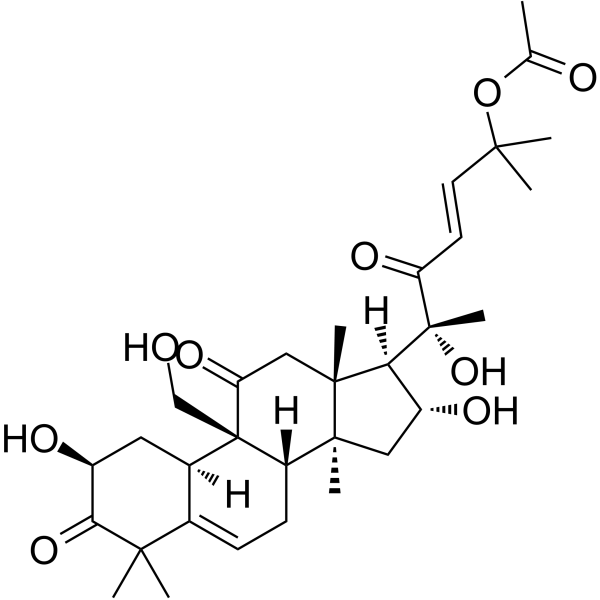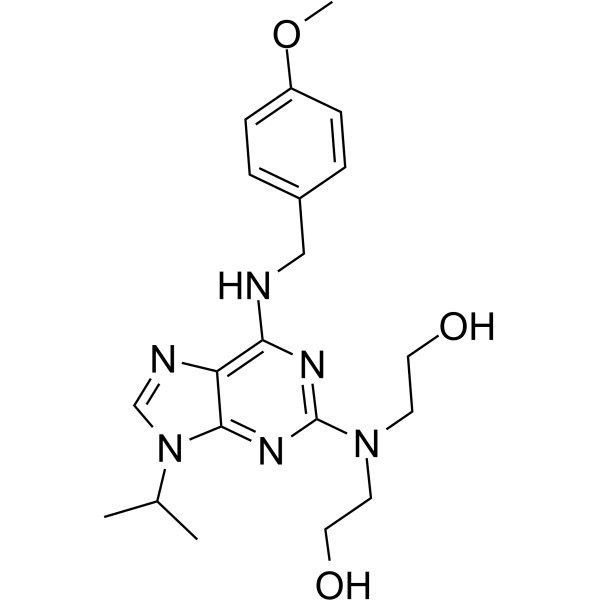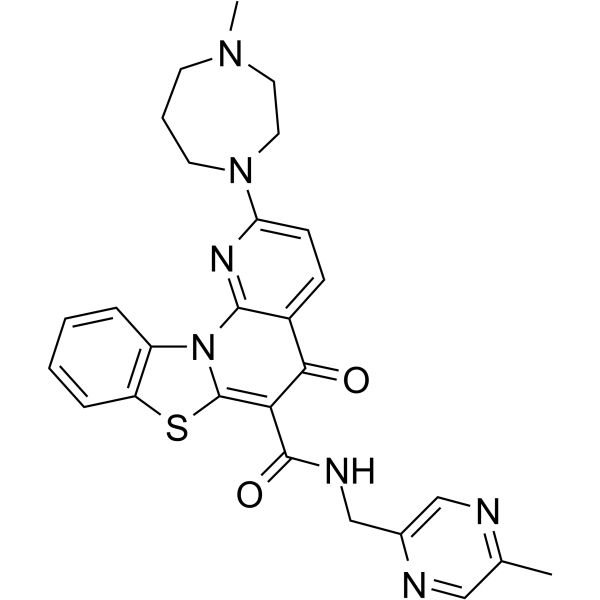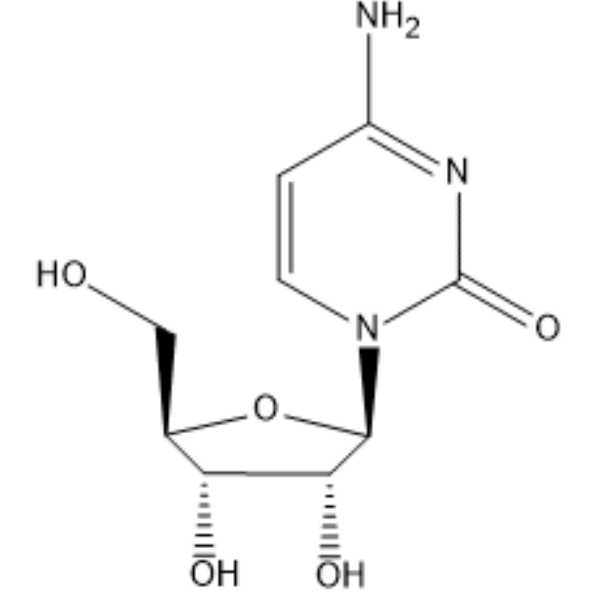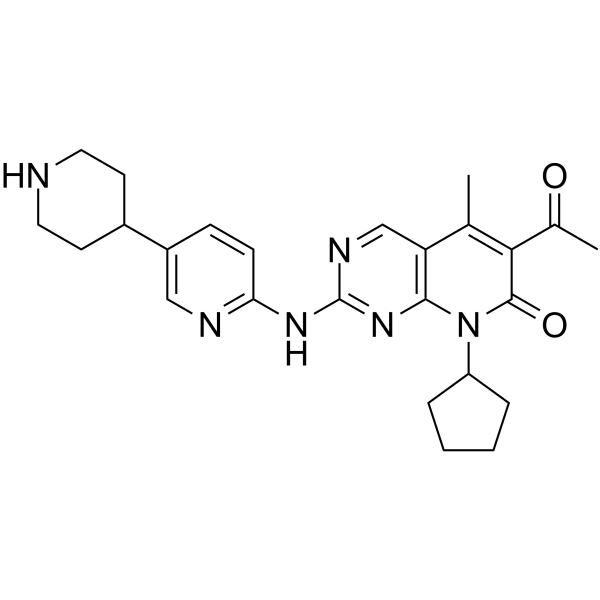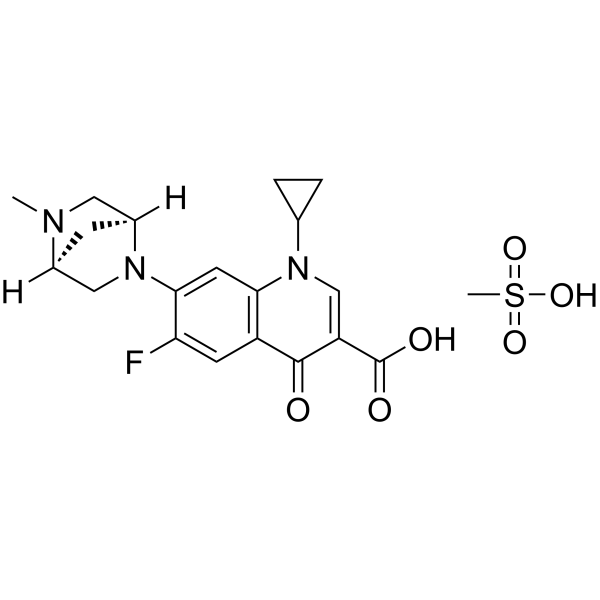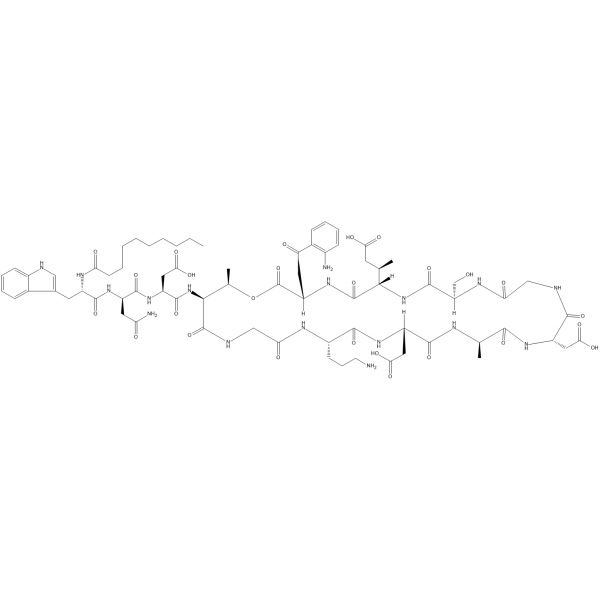|
BP13149
|
CNDAC hydrochloride
|
|
|
|
|
CNDAC hydrochloride, a nucleoside analog, is a metabolite of the sapacitabine.
|
|
BP13150
|
COH29
|
|
|
|
|
COH29 is an orally available, aromatically substituted thiazole and inhibitor of the human ribonucleotide reductase (RNR), with potential antineoplastic activity. Upon oral administration, the RNR inhibitor COH29 binds to the ligand-binding pocket of the RNR M2 subunit (hRRM2) near the C-terminal tail. Inhibition of RNR activity decreases the pool of deoxyribonucleotide triphosphates available for DNA synthesis. The resulting decrease in DNA synthesis causes cell cycle arrest and growth inhibition. In addition, this agent may inhibit the nuclear enzyme poly (ADP-ribose) polymerase (PARP) 1, which prevents the repair of damaged DNA and causes both the accumulation of single and double strand DNA breaks and the induction of apoptosis.
|
|
BP13151
|
Communic acid
|
|
|
|
|
Communic acid has antibacterial activity, including against mycobacterial. trans-Communic acid has potential to be utilized as anti-wrinkling agents and cosmetic ingredients, as they suppress UVB-induced MMP-1 expression.
|
|
BP13152
|
POL1-IN-1
|
|
|
|
|
Compound 3A can effectively inhibit the transcription of RNA polymerase I in the A375 malignant melanoma cell line but has no effect on polymerase II.
|
|
BP13153
|
CP-10
|
|
|
|
|
CP-10 is a PROTAC with highly selective and remarkable CDK6 degradation (DC50: 2.1 nM). It inhibits the proliferation of several hematopoietic cancer cells including multiple myeloma and can degrade mutated and overexpressed CDK6.
|
|
BP13154
|
CRT0044876
|
|
|
|
|
CRT0044876 is a potent and selective APE1 inhibitor with IC50 of ~3 μM.
|
|
BP13155
|
CRT0066101 dihydrochloride
|
|
|
|
|
CRT0066101 dihydrochloride is an effective and selective PKD inhibitor (IC50s: 1, 2.5 and 2 nM for PKD1, 2, and 3).
|
|
BP13156
|
CRT0066101 dihydrochloride(956121-30-5 free base)
|
|
|
|
|
CRT0066101 dihydrochloride is an inhibitor of PKD.
|
|
BP13157
|
CRT0066101
|
|
|
|
|
CRT0066101 is an inhibitor of PKD.
|
|
BP13158
|
Cucurbitacin E
|
|
|
|
|
Cucurbitacin E is a natural product isolated from the climbing stem of Cucumic melo L. It significantly suppresses the activity of the cyclin B1/CDC2 complex.Cucurbitacin E has prevention of neurodegeneration, it has potent anti-proliferative, antineoplastic, anti-inflammatory and analgesic actions.
|
|
BP13159
|
Cucurbitacin A
|
|
|
|
|
Cucurbitacin I, cytotoxic triterpenoid sterols isolated from plants, elicits the formation of actin/phospho-myosin II co-aggregates by stimulation of the RhoA/ROCK pathway and inhibition of LIM-Kinase.
|
|
BP13160
|
CVT-313
|
|
|
|
|
CVT-313(NG-26) is a potent, selective, reversible, and ATP-competitive inhibitor.
|
|
BP13161
|
CX-5461
|
|
|
|
|
CX-5461, a selective inhibitor of rRNA synthesis, suppresses Pol I-driven transcription of rRNA.
|
|
BP13162
|
Cdk5 Substrate acetate
|
|
|
|
|
Cyclin-dependent kinase 5 (Cdk5) is a serine/threonine kinase that is predominantly active in neuronal tissues. With p25 or p35, Cdk5 phosphorylates a range of proteins, including histone H1 and tau. Cdk5 Substrate acetate is a synthetic peptide (PKTPKKAKKL) corresponding to a sequence of histone H1. It is phosphorylated by Cdk5 with a Km value of 5 µM.
|
|
BP13163
|
Cytidine
|
|
|
|
|
Cytidine is a pyrimidine nucleoside comprised of a cytosine bound to ribose via a beta-N1-glycosidic bond. Cytidine is a precursor for uridine. Both cytidine and uridine are utilized in RNA synthesis.
|
|
BP13164
|
Dalpiciclib
|
|
|
|
|
Dalpiciclib is a highly selective, orally bioavailable, and comparable potency inhibitor of CDK4 and CKD6 with IC50s of 12.4 nM and 9.9 nM, respectively. Dalpiciclib exerts potent antitumor activity in esophageal squamous cell carcinoma by inhibiting phosphorylated tumor suppressor retinoblastoma protein (Rb) and inducing G1 cell cycle arrest.
|
|
BP13165
|
Danofloxacin
|
|
|
|
|
Danofloxacin is a fluoroquinolone antibiotic used in veterinary medicine.
|
|
BP13166
|
Danofloxacin mesylate
|
|
|
|
|
Danofloxacin is a synthetic antibacterial agent of the fluoroquinolone class, acts principally by the inhibition of bacterial DNA-gyrase.
|
|
BP13167
|
Daptomycin
|
|
|
|
|
Daptomycin is a cyclic lipopeptide antibiotic that inhibits GRAM-POSITIVE BACTERIA.
|
|
BP13168
|
Datelliptium chloride hydrochloride
|
|
|
|
|
Datelliptium chloride hydrochloride is a DNA-intercalating agent derived from ellipticine. with anti-tumor activities.
|
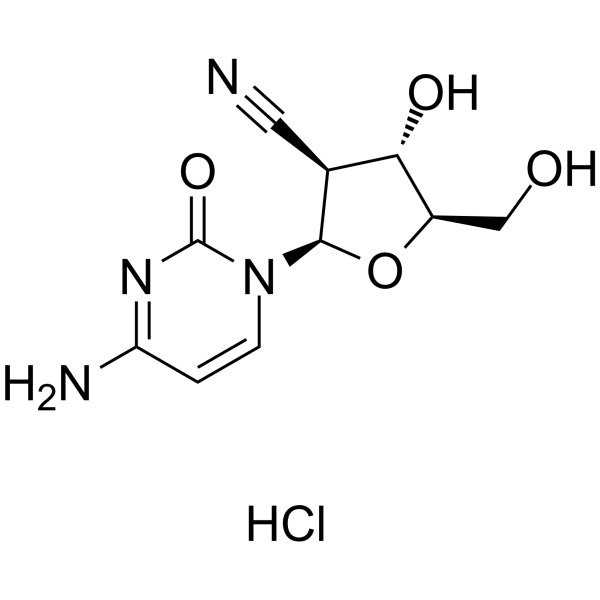
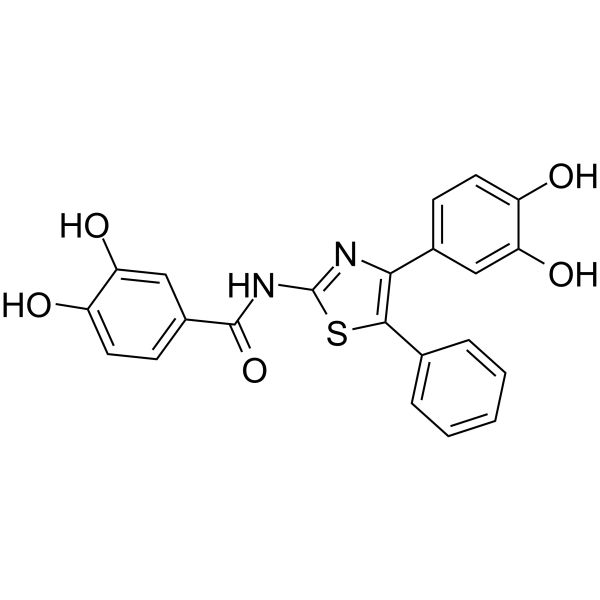


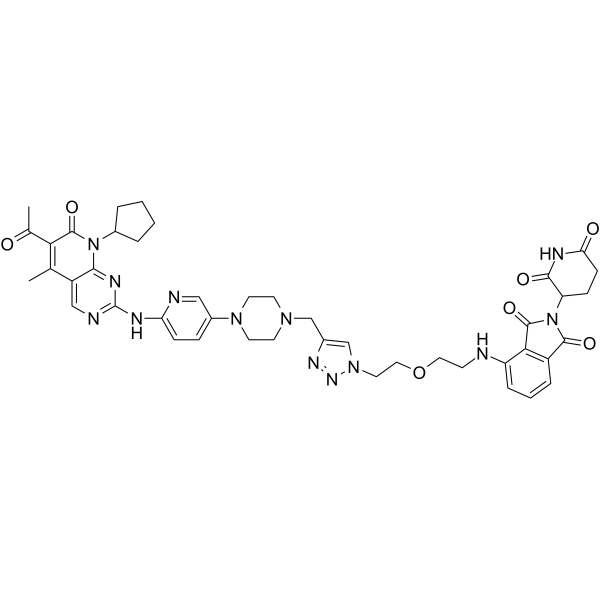
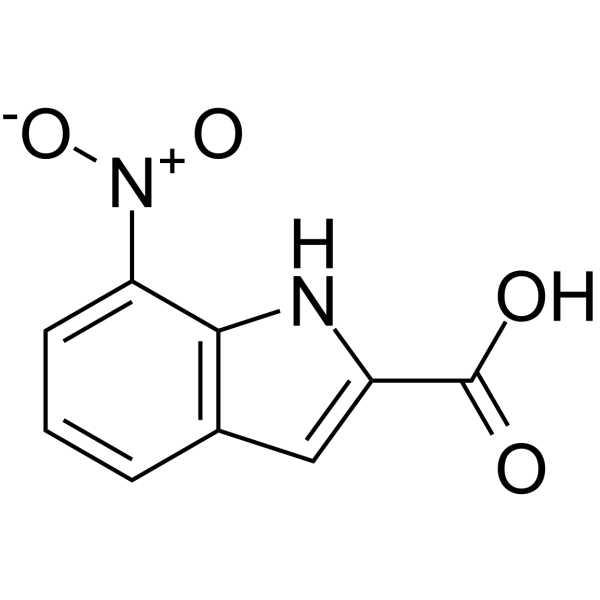
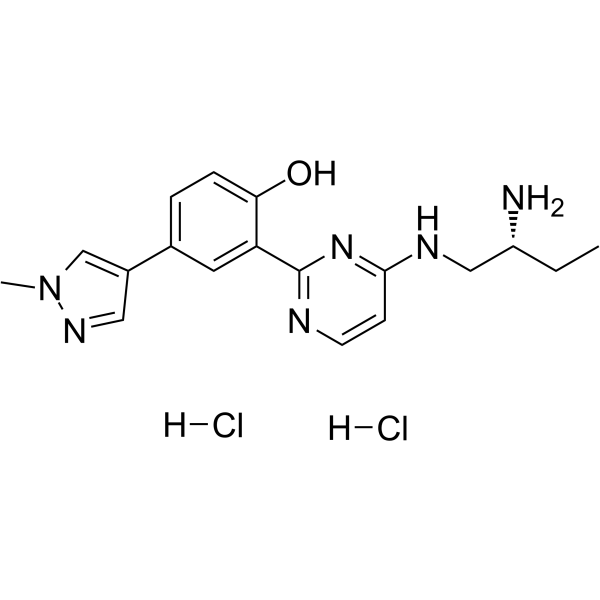
.gif)

